Representation of Women in Iranian Art
Aida Foroutan Artist and Independent Scholar (University of Manchester, England)
I approach the subject of the representation of women in Iranian art both as a working artist and as an academic art historian having obtained my doctorate with a PhD thesis in Art History. As a working artist I have already a large body of work, some of which speaks directly to the question of how the life of women is observed and expressed in Iran. One of the main components of this part of my work is a series of 28 paintings Zendegi-ye Zanān `Women's Life', which portrays aspects of the struggle for women's rights in Iran. This series is painted in a Surrealist style, in oils, on canvas. My main inspiration for this series of works was the struggle of Iranian women to achieve their social and national freedom through their human rights as women being incorporated into the Iranian National Constitution. My work was to reflect this process and was based on a longstanding research project on the social aspects of women's lives. The research was carried out by looking at Iranian women from different angles and at different stages of their lives, provided by personal stories and observations of commonly understood experiences. Each of the paintings was an element in the drama of the life of women in Iran, from birth and giving birth, to bereavement and death. I also tried to look at women's lives outside Iran, and to find commonalities with what women experience all around the world. This I try to achieve through a visual language of signs and symbols that is internationally recognised as denoting feminine meanings.
As part of this work, I came to reflect on the possibilities and limits of the surrealist genre of art and literature as a medium of expression of social and cultural issues. This strong interest led me in recent years towards a doctoral research project to discover the roots and relevance of Surrealism in Iran. I worked with one of the world's foremost experts on Western Surrealism, David Lomas, at the University of Manchester. My intention has been to discover how surrealist styles and techniques are used in Iran in modernity and post-modernity, what is their importance, and also, crucially for the history of Surrealism, to make a case that for centuries a ‘proto-Surrealist’ style and strategy has been present in Persian/Iranian art and literature. This proto-Surrealism has acted, as Surrealist art continues to do in contemporary Iranian culture, as a subversive channel of expression and comment in a society where censorship and suppression of the artist and writer have always been present.

1- Birth, 45x55 cm
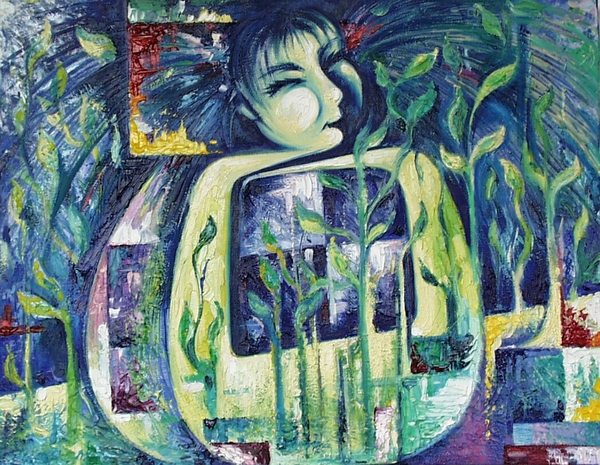
2- Childhood, 45x55 cm
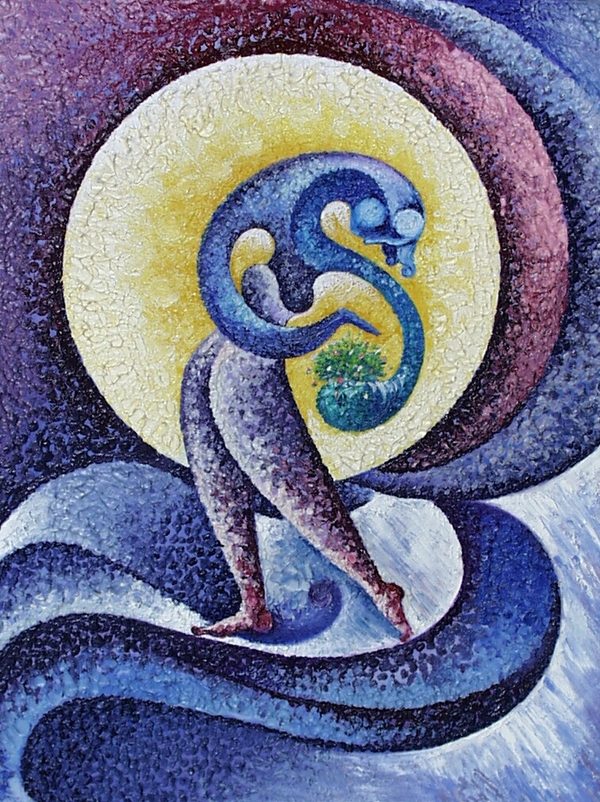
3- Youth, 45x55 cm
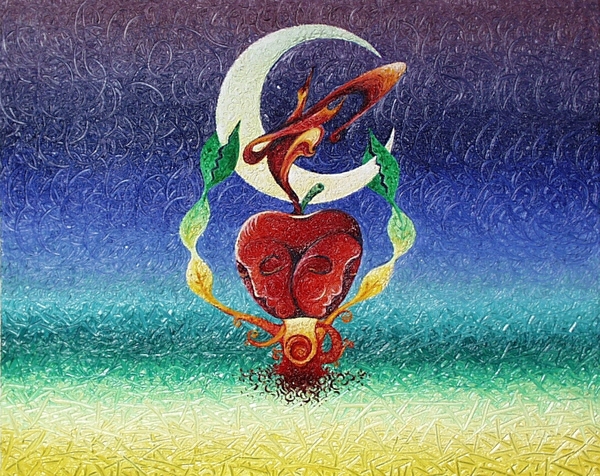
4- Wisdom, 50x60 cm

5- Possession, 50x60 cm
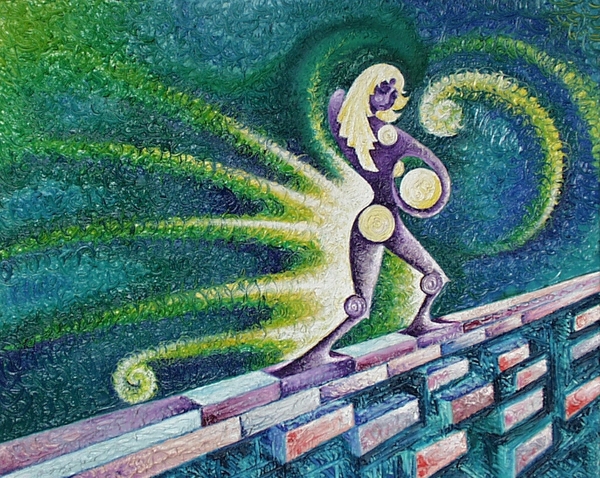
6- Burden of Dreams, 50x60 cm
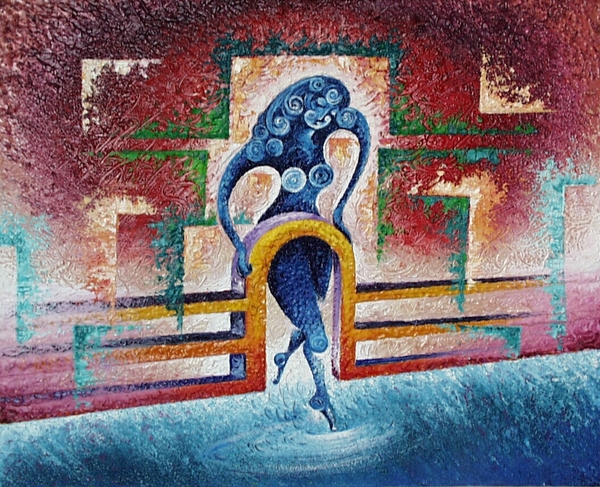
7- Limits, 50x60 cm
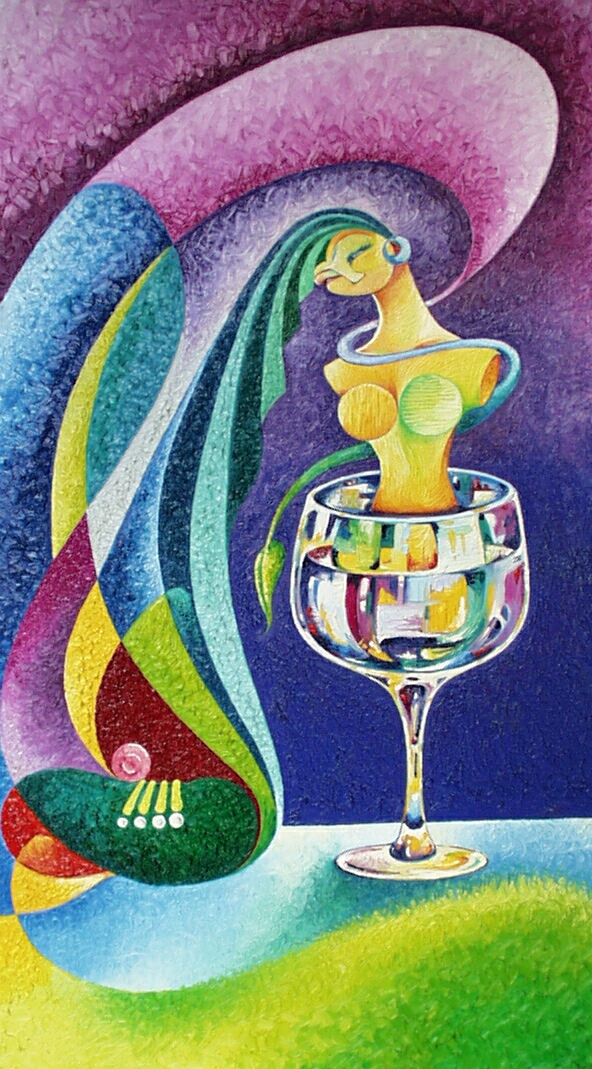
8- Captivity, 50x80 cm
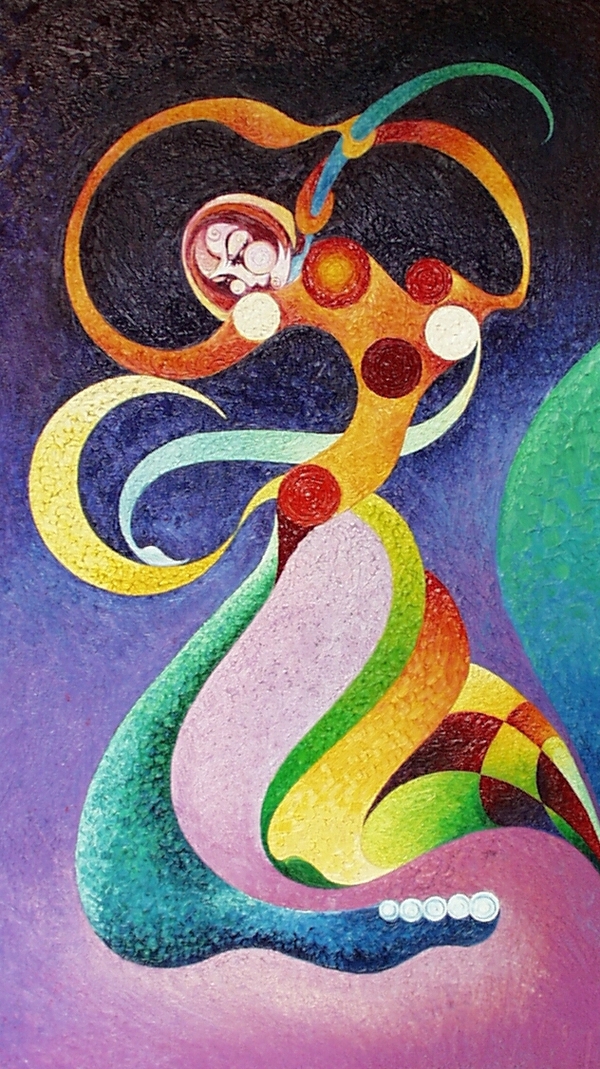
9- Self-knowledge, 50x80 cm
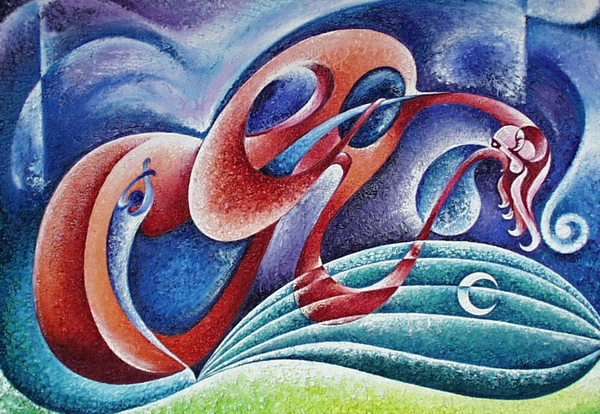
10- Initial Love, 60x80 cm

11- Separation, 60x80 cm
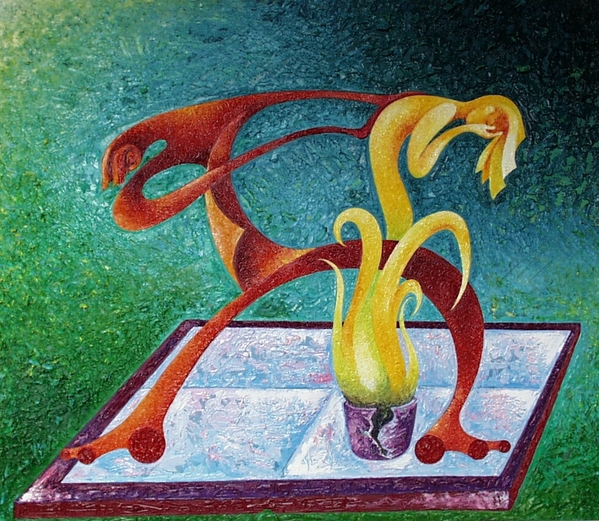
12- Rape, 70x80 cm

13- Opposition, 70x80 cm
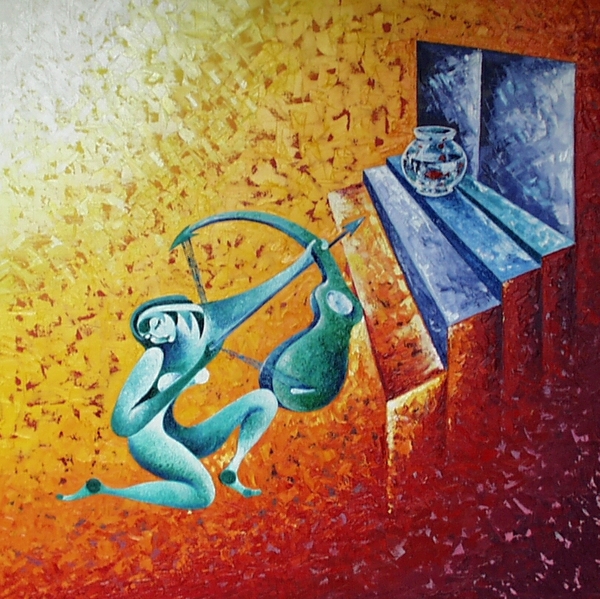
14- Protest, 80x80 cm
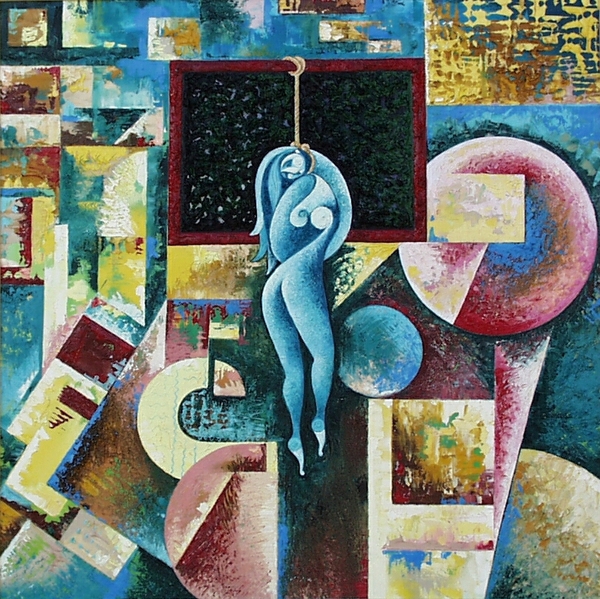
15- Disappearance, 80x80 cm

16- Rebirth, 80x80 cm

17- Endurance, 60x90 cm
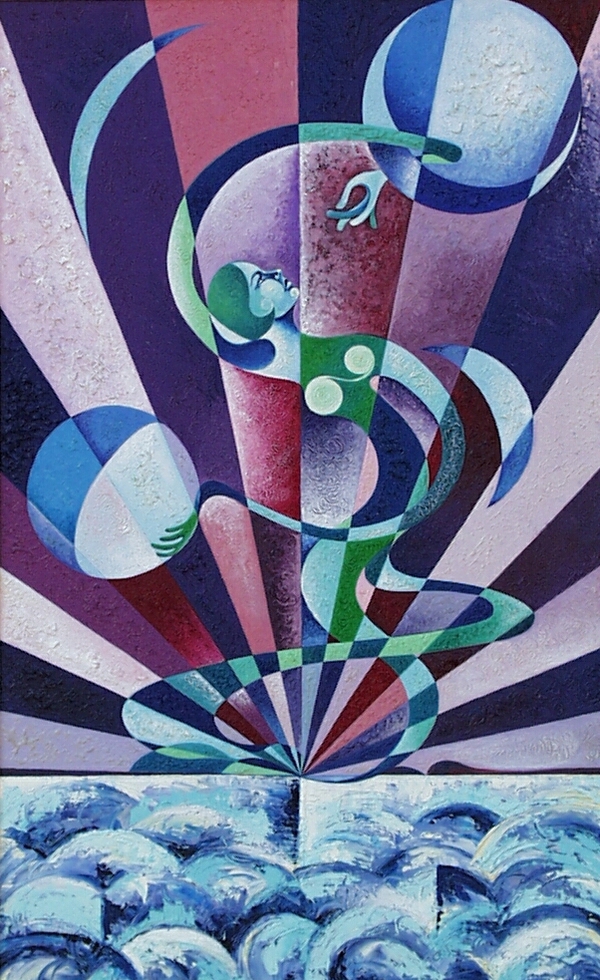
18- Sunrise, 60x90 cm

19- Search, 70x90 cm
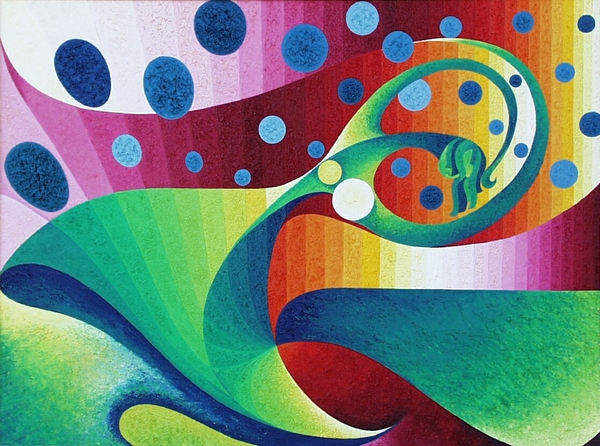
20- Effort, 70x90 cm

21- Downfall, 90x90 cm

